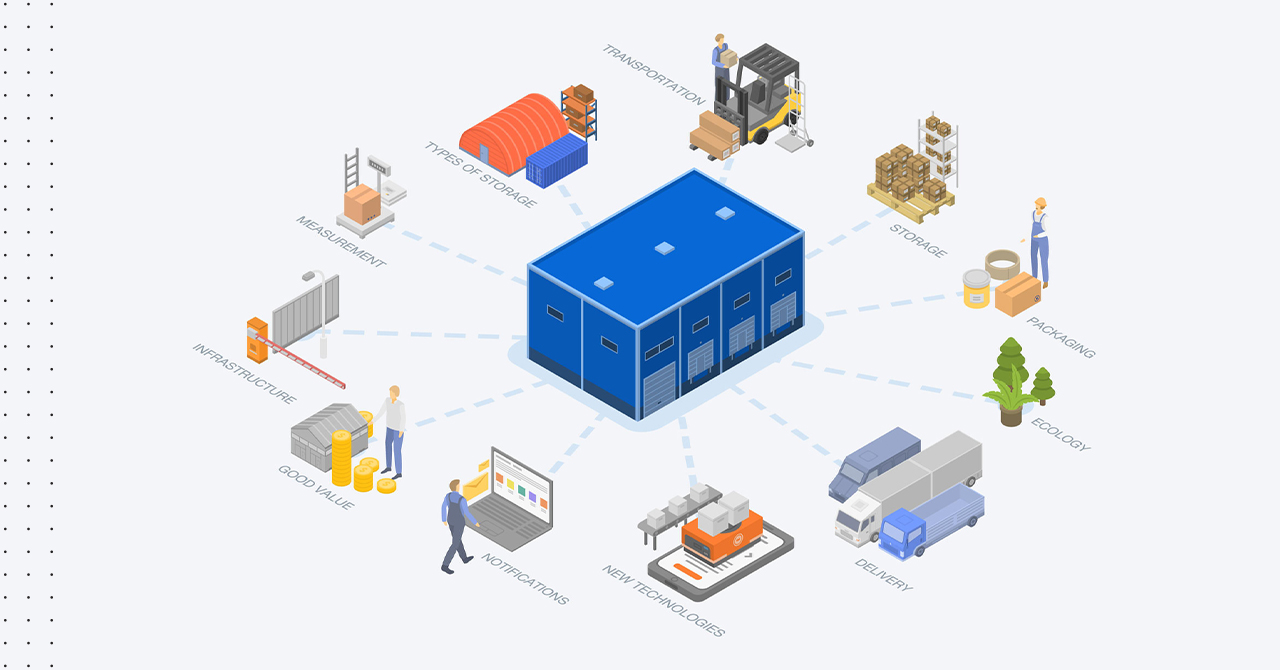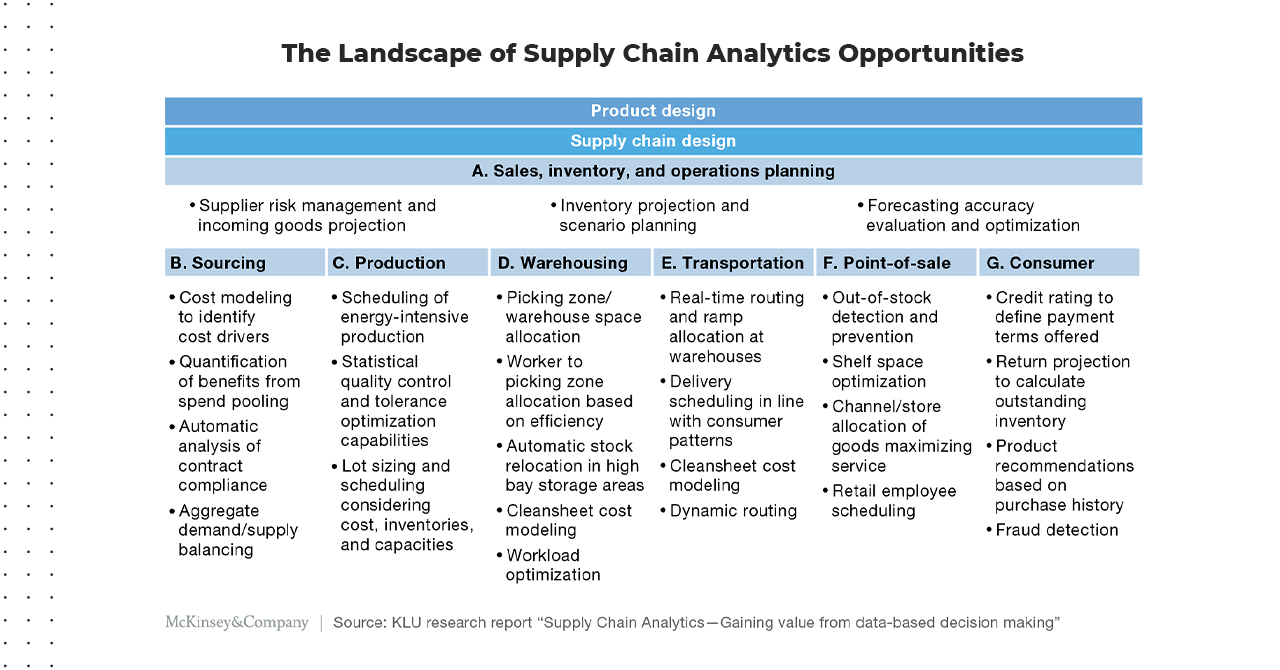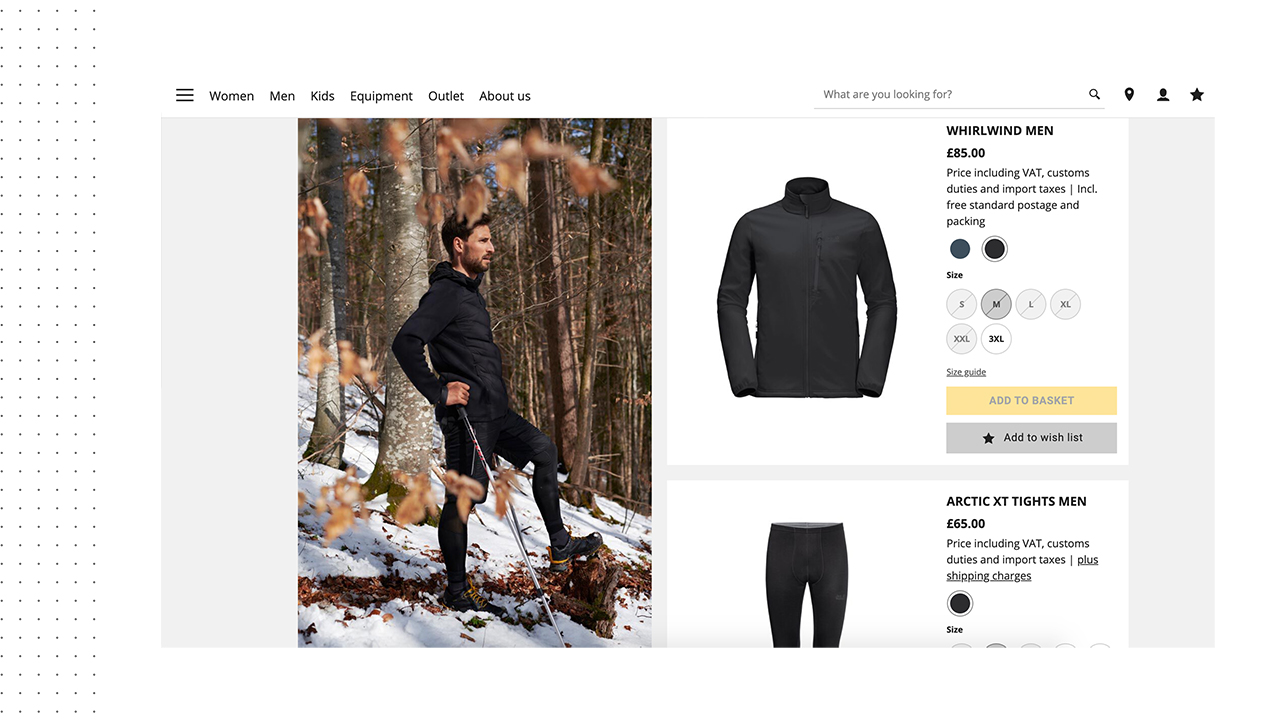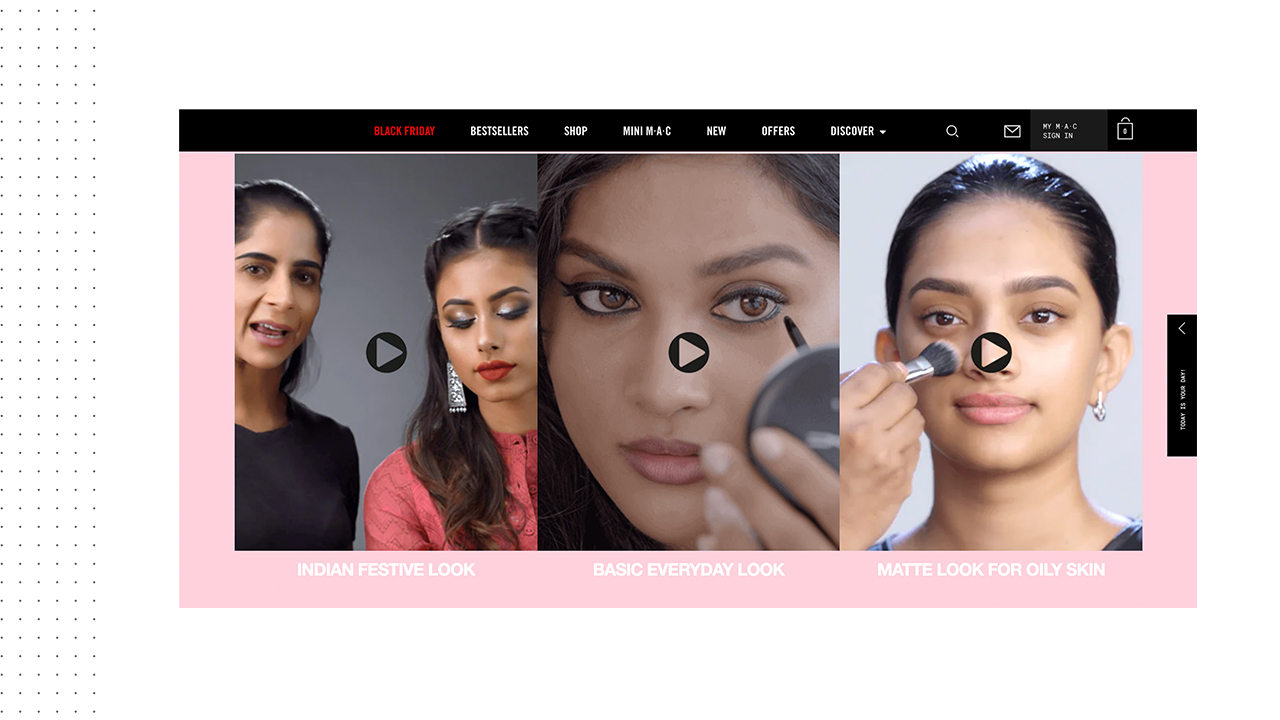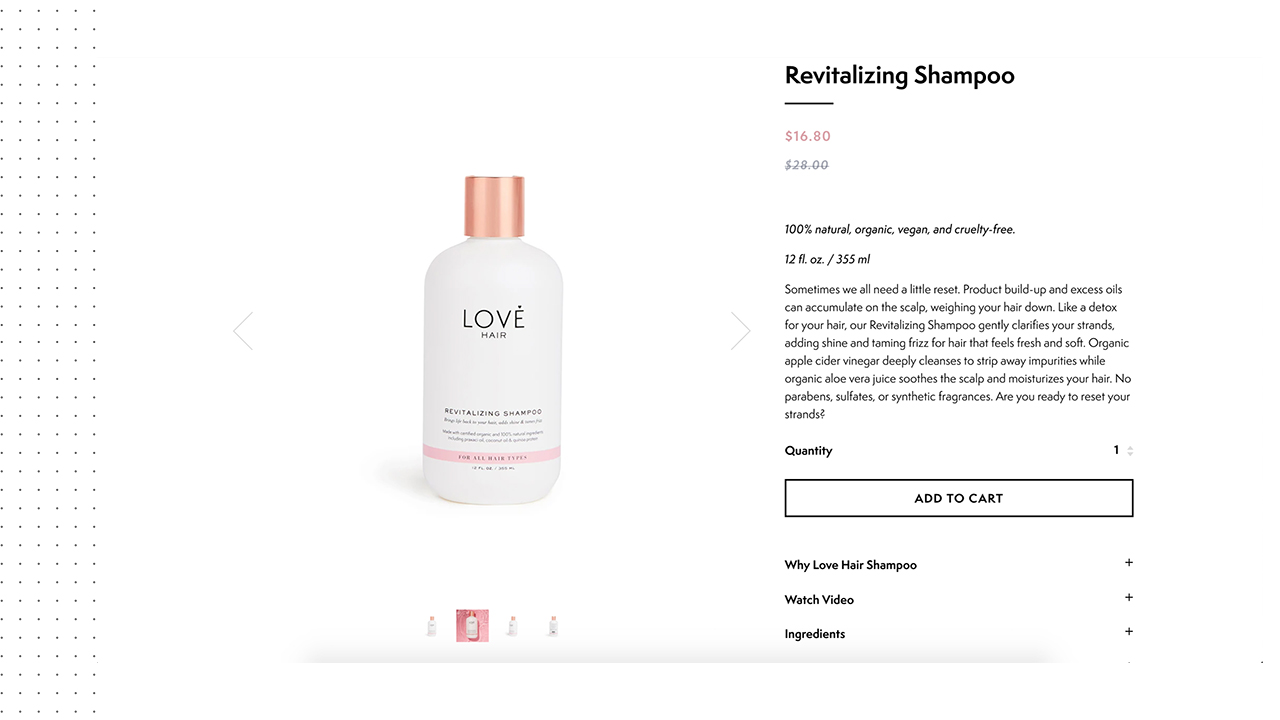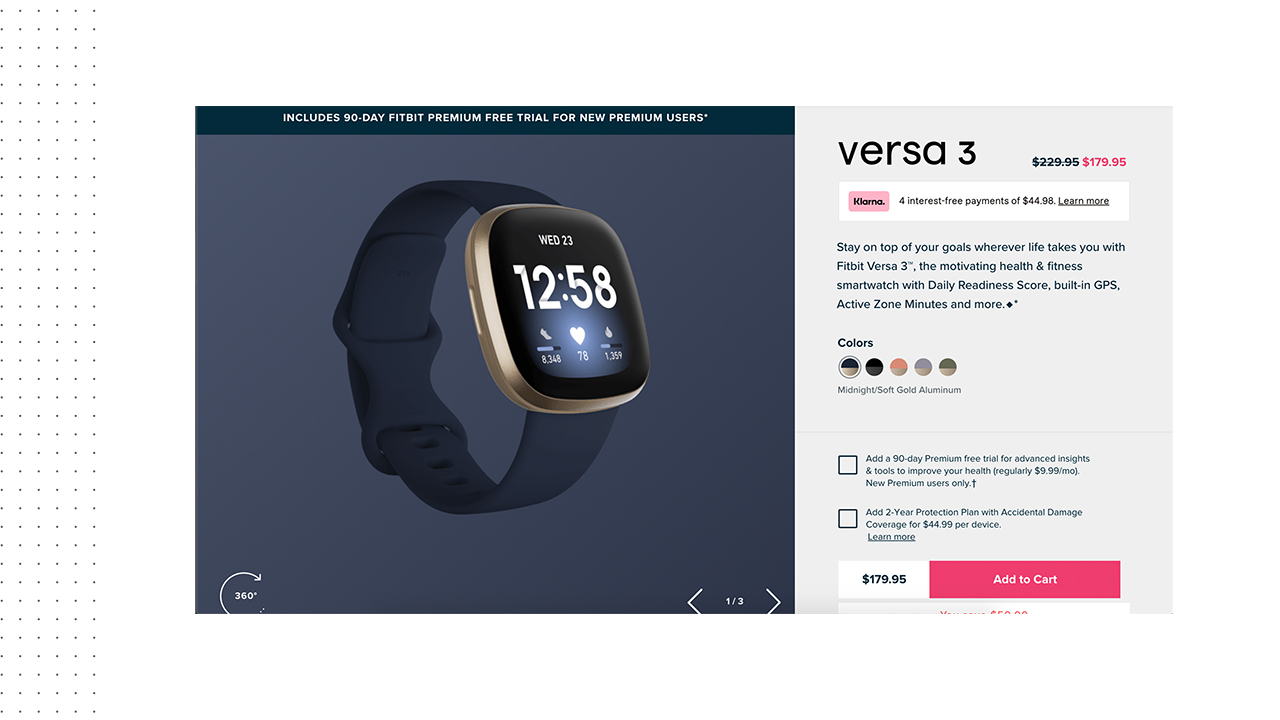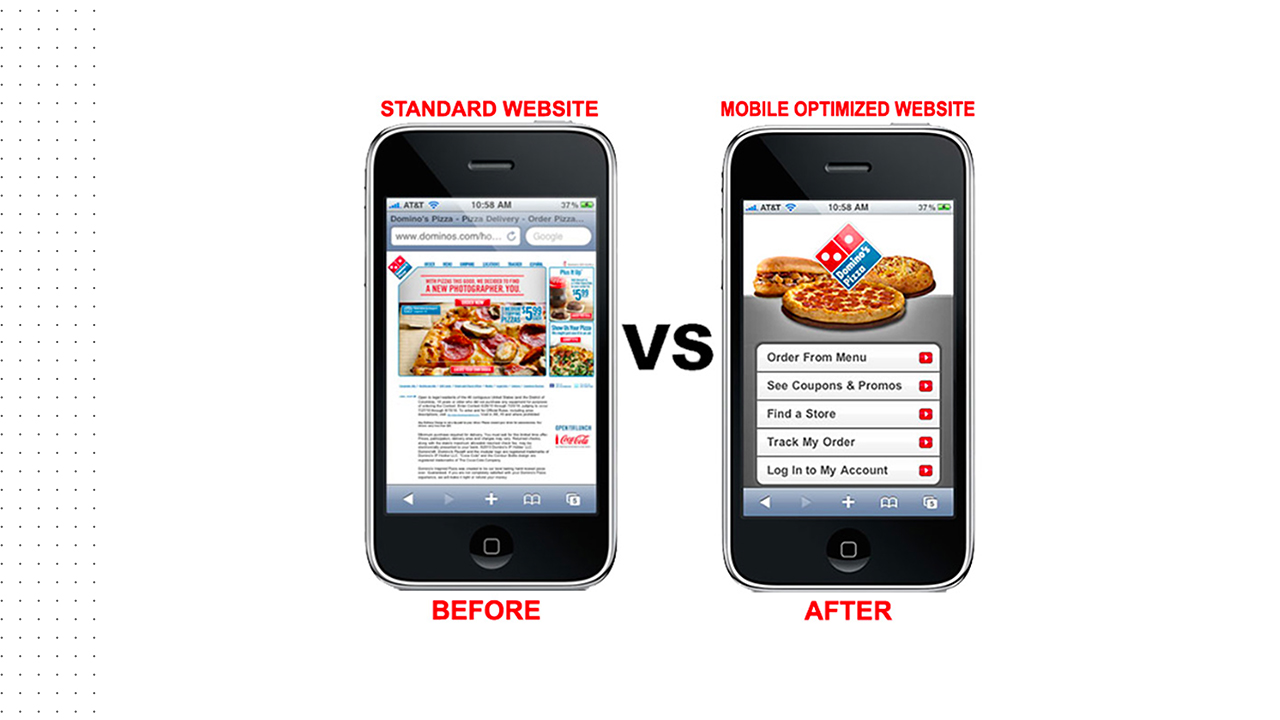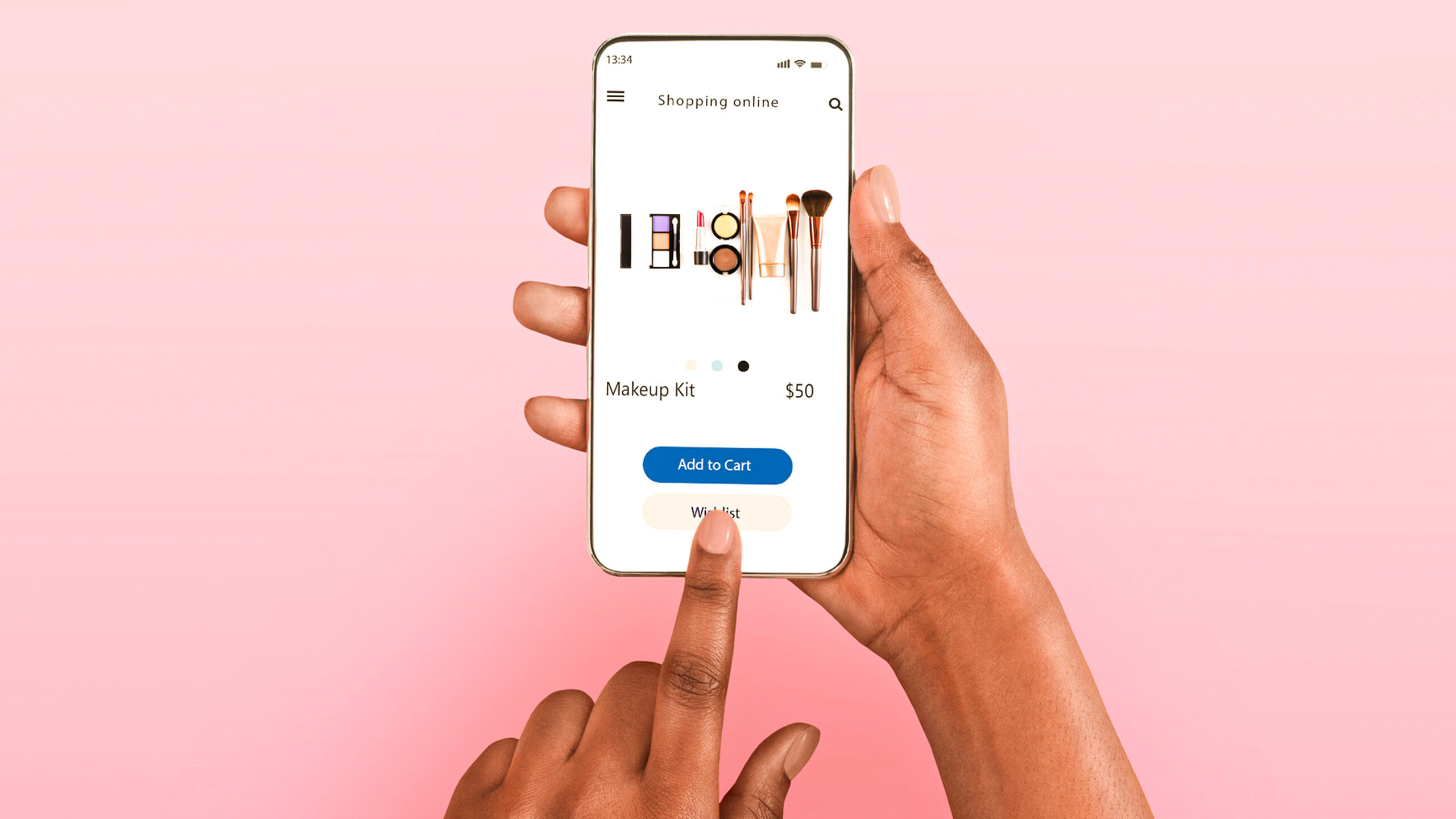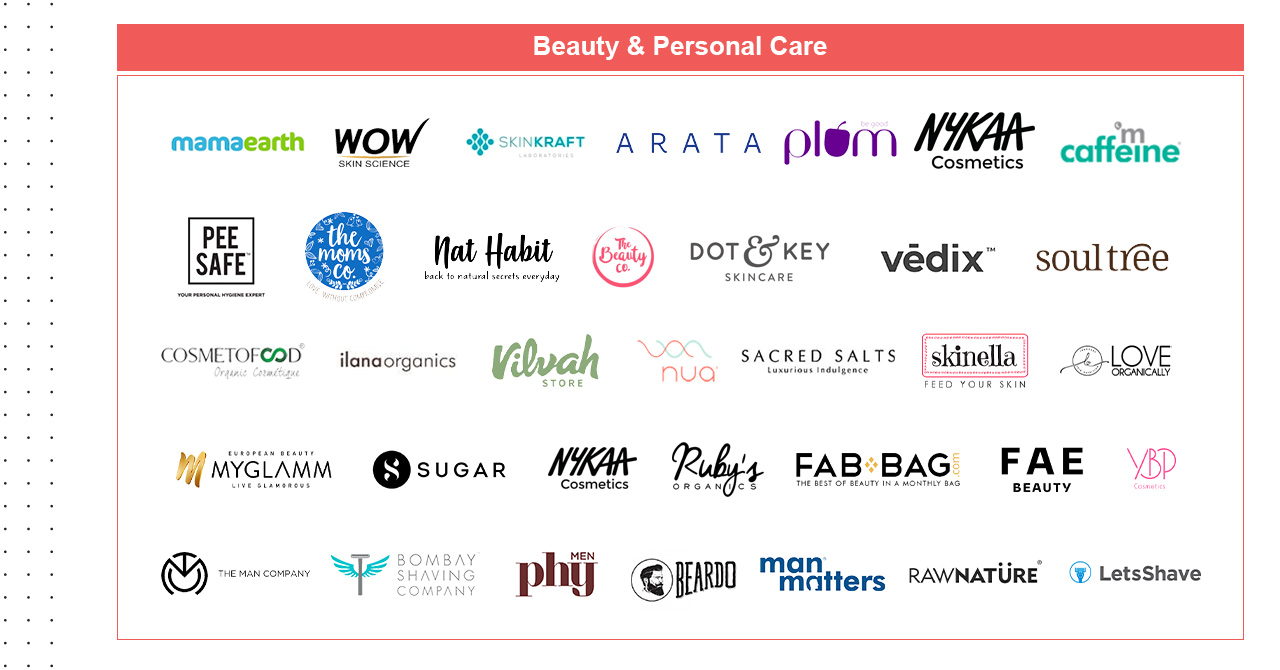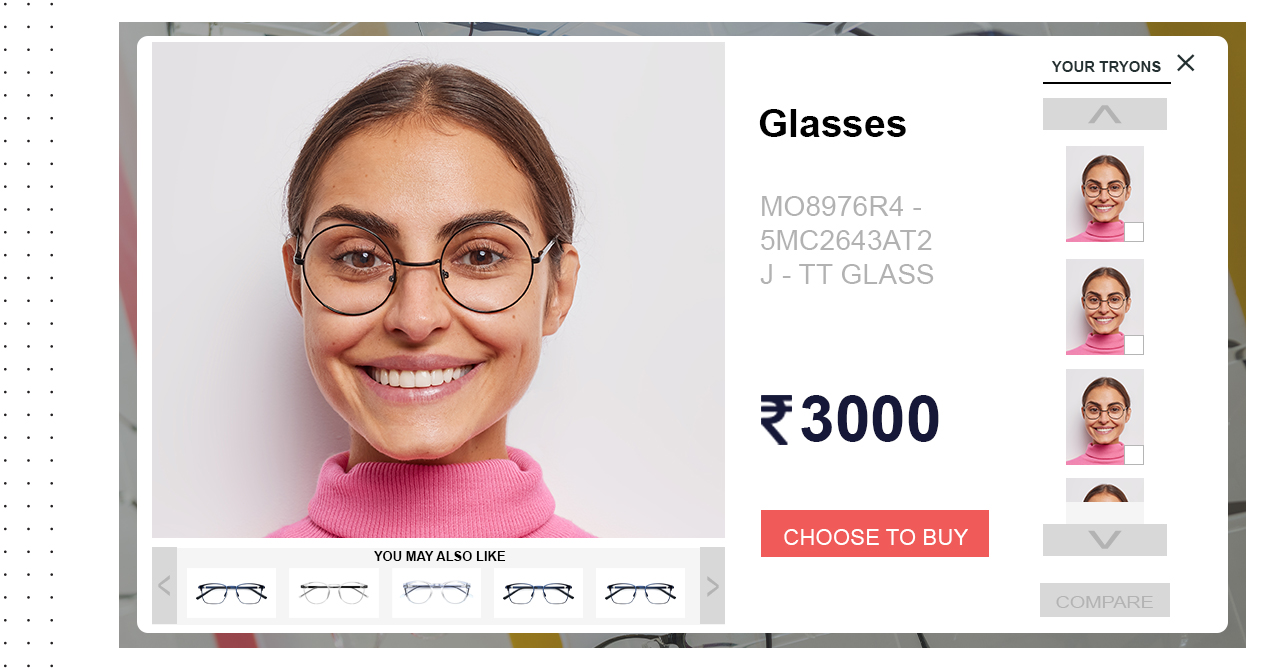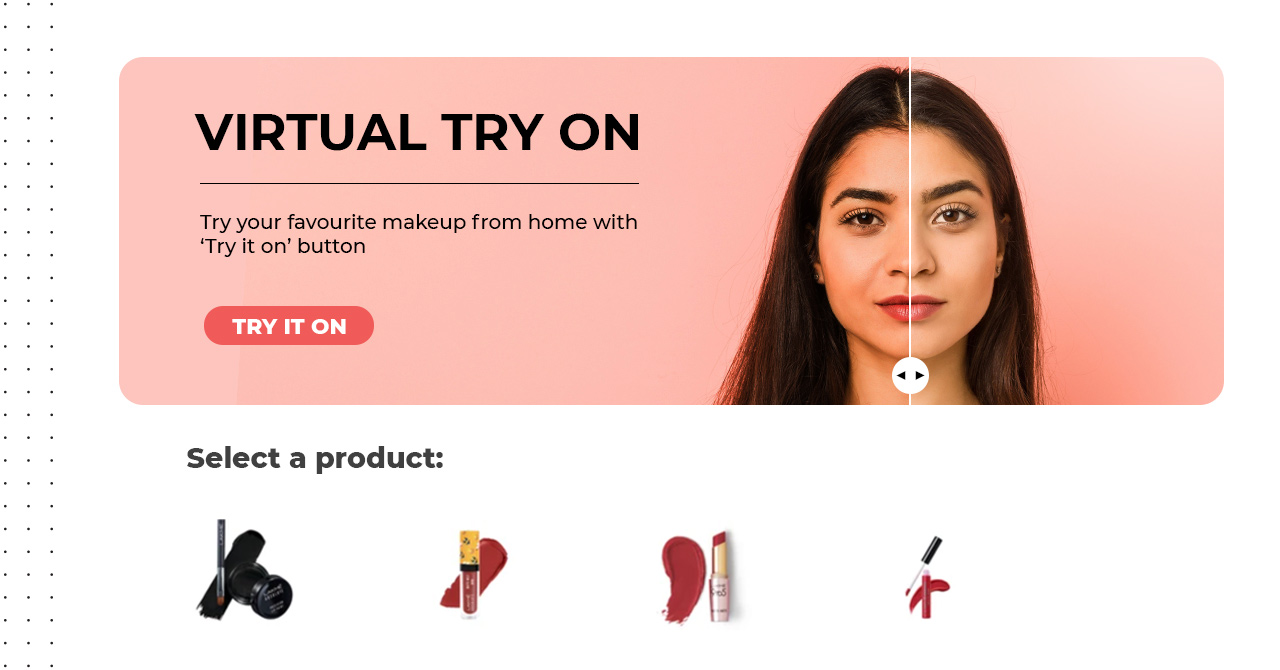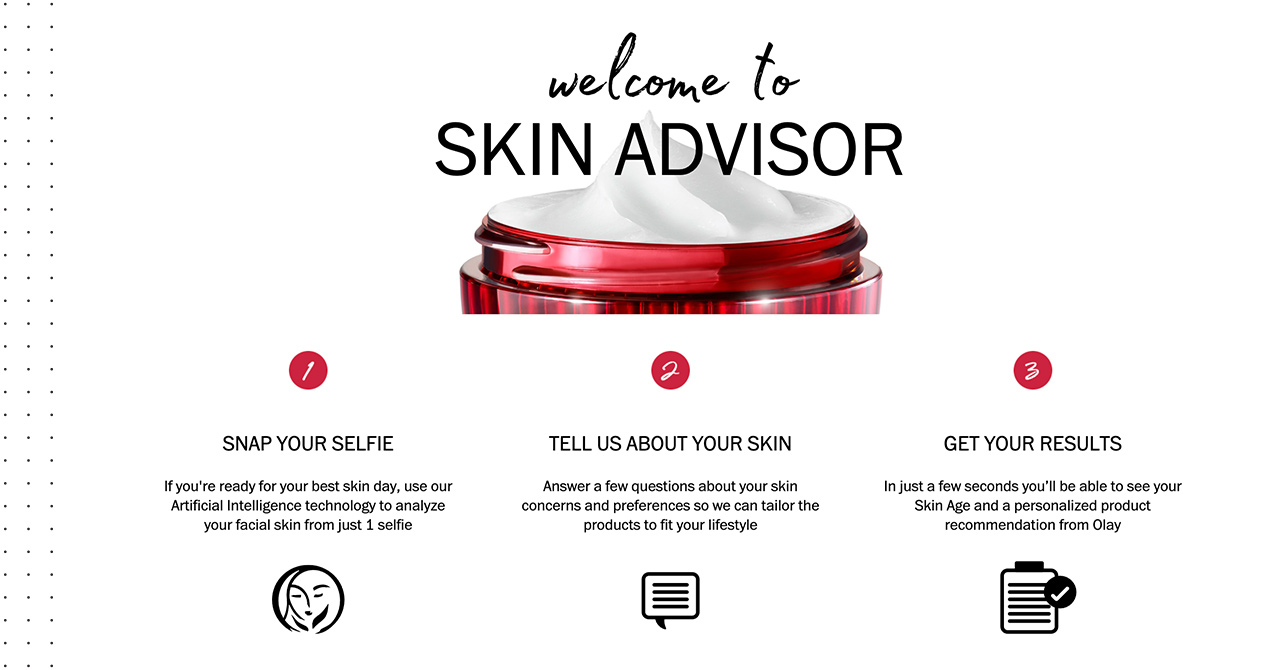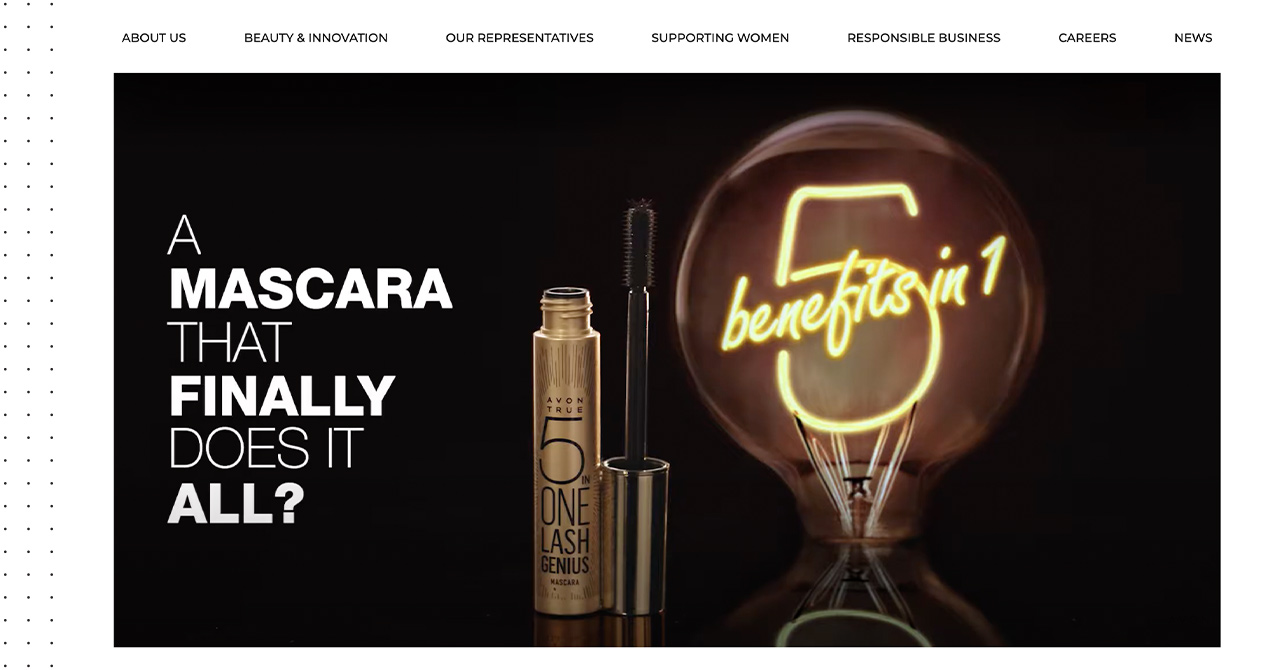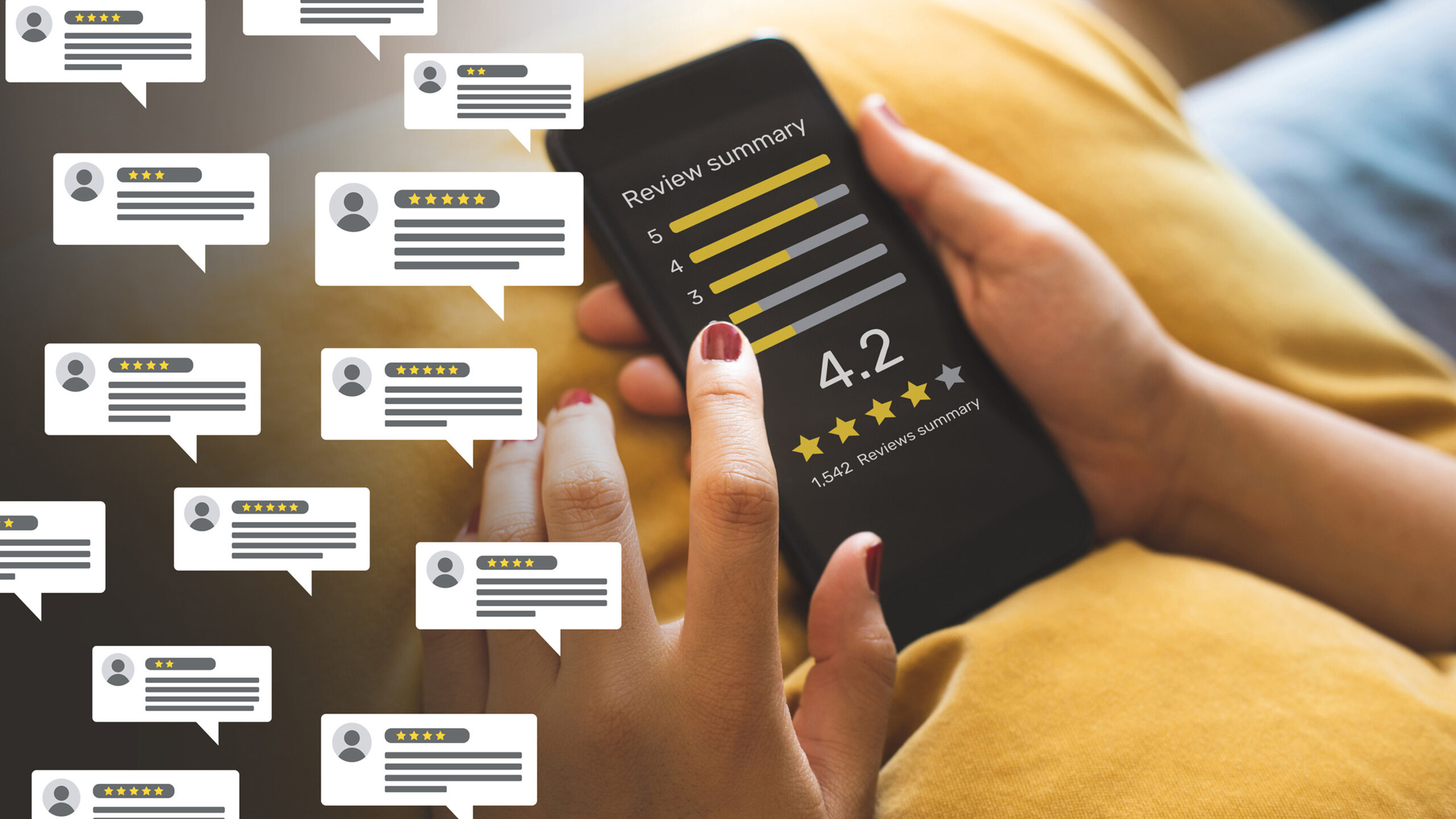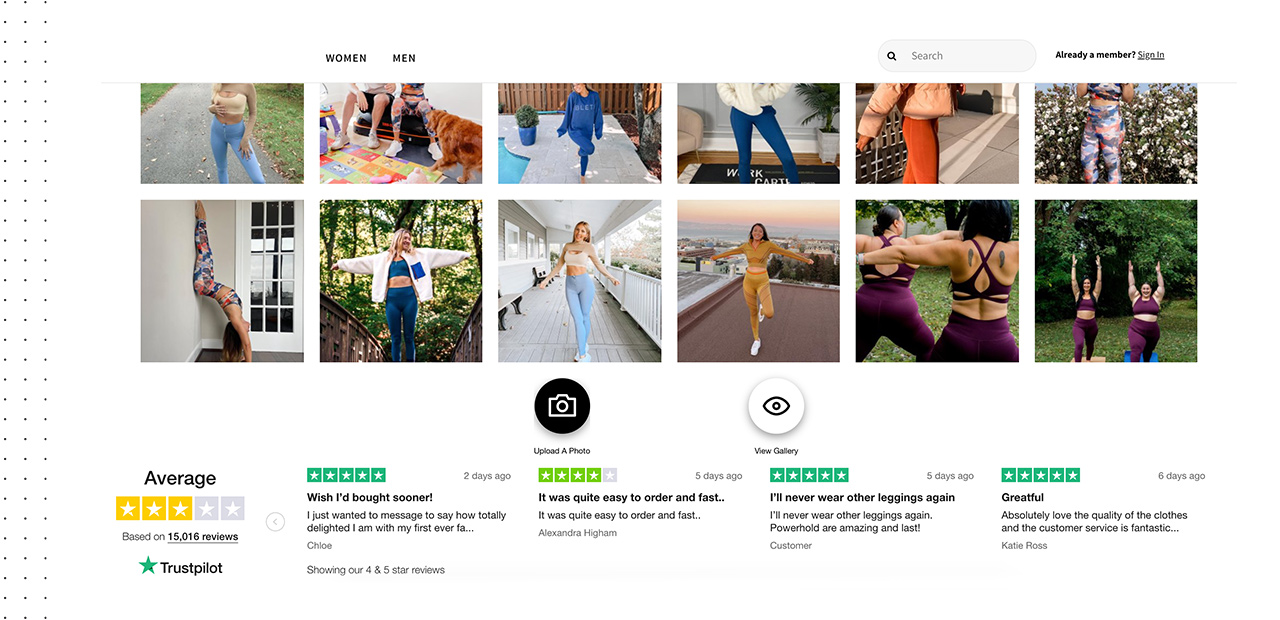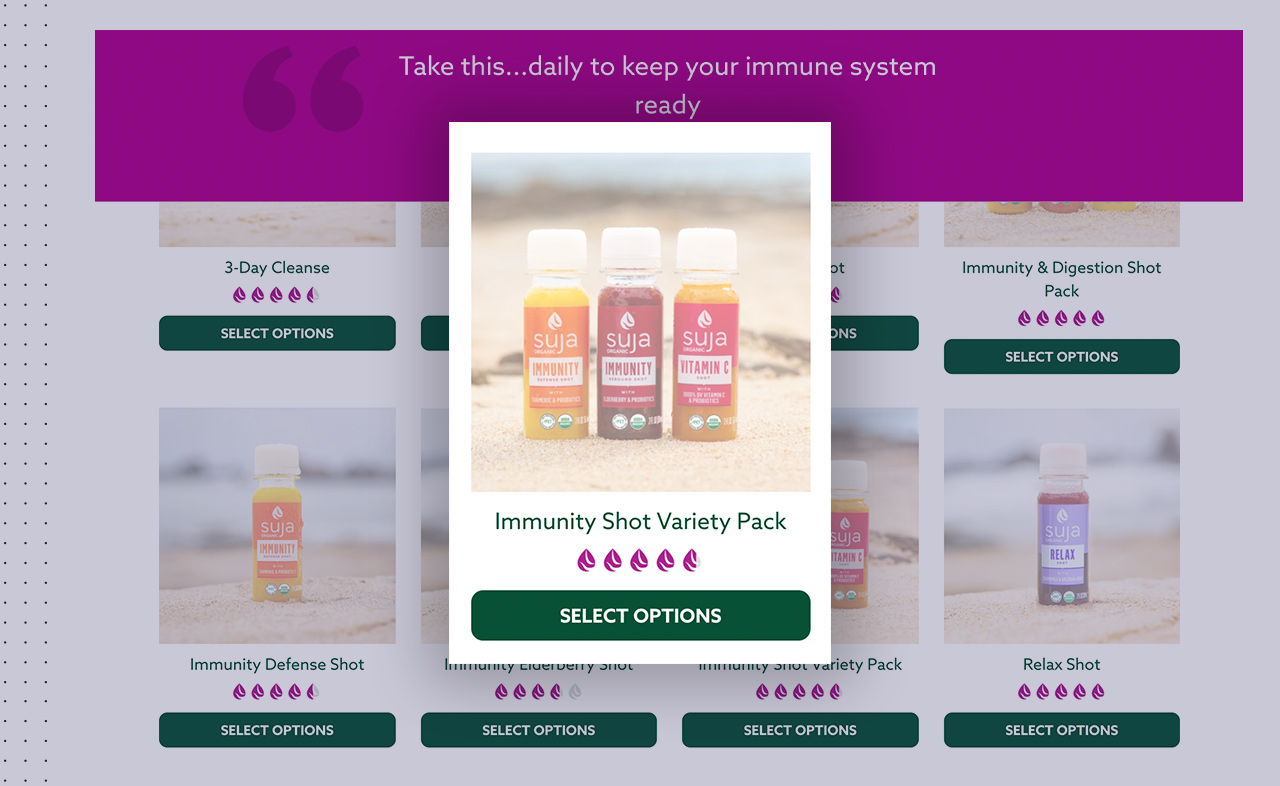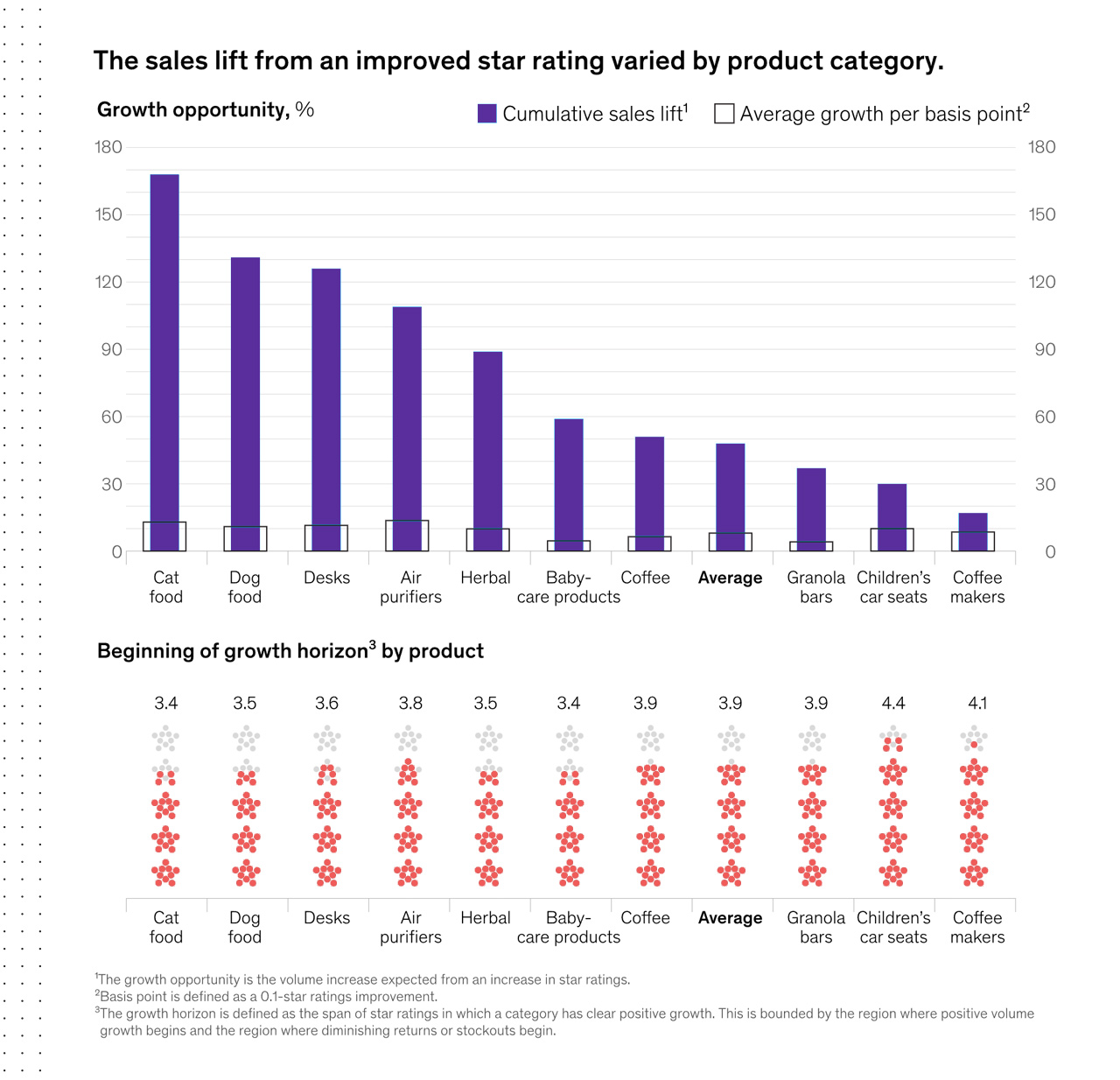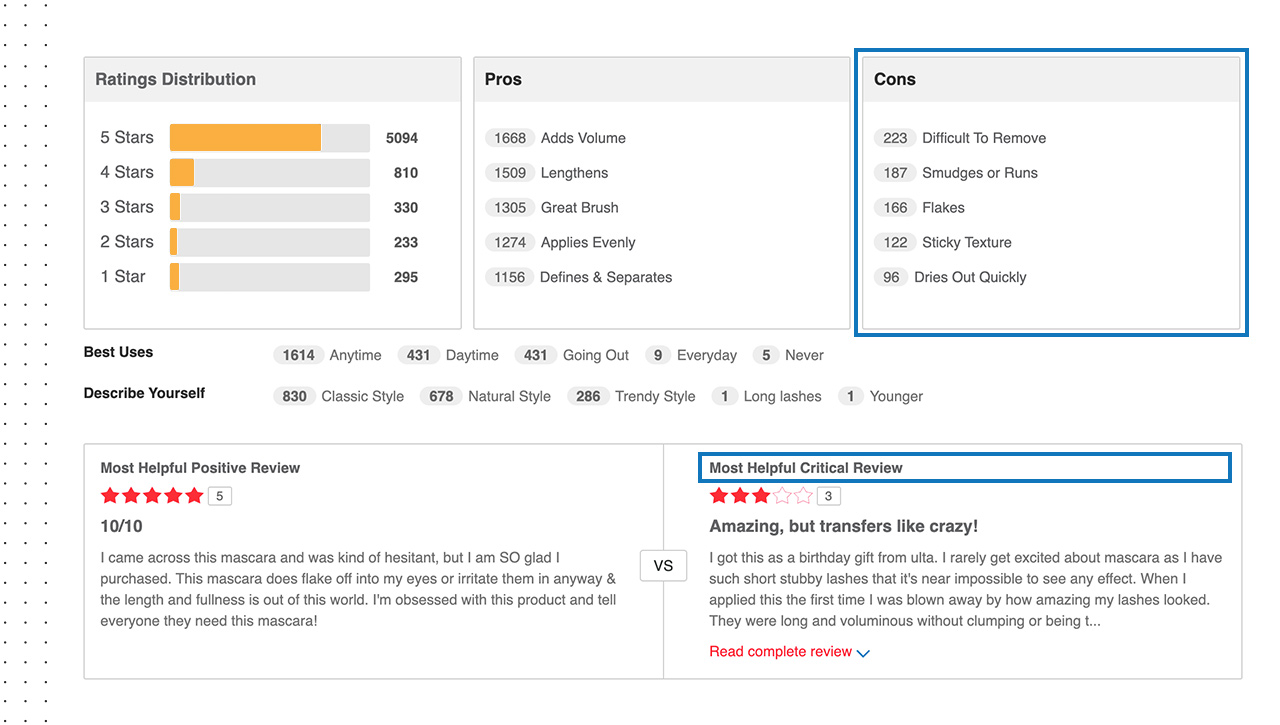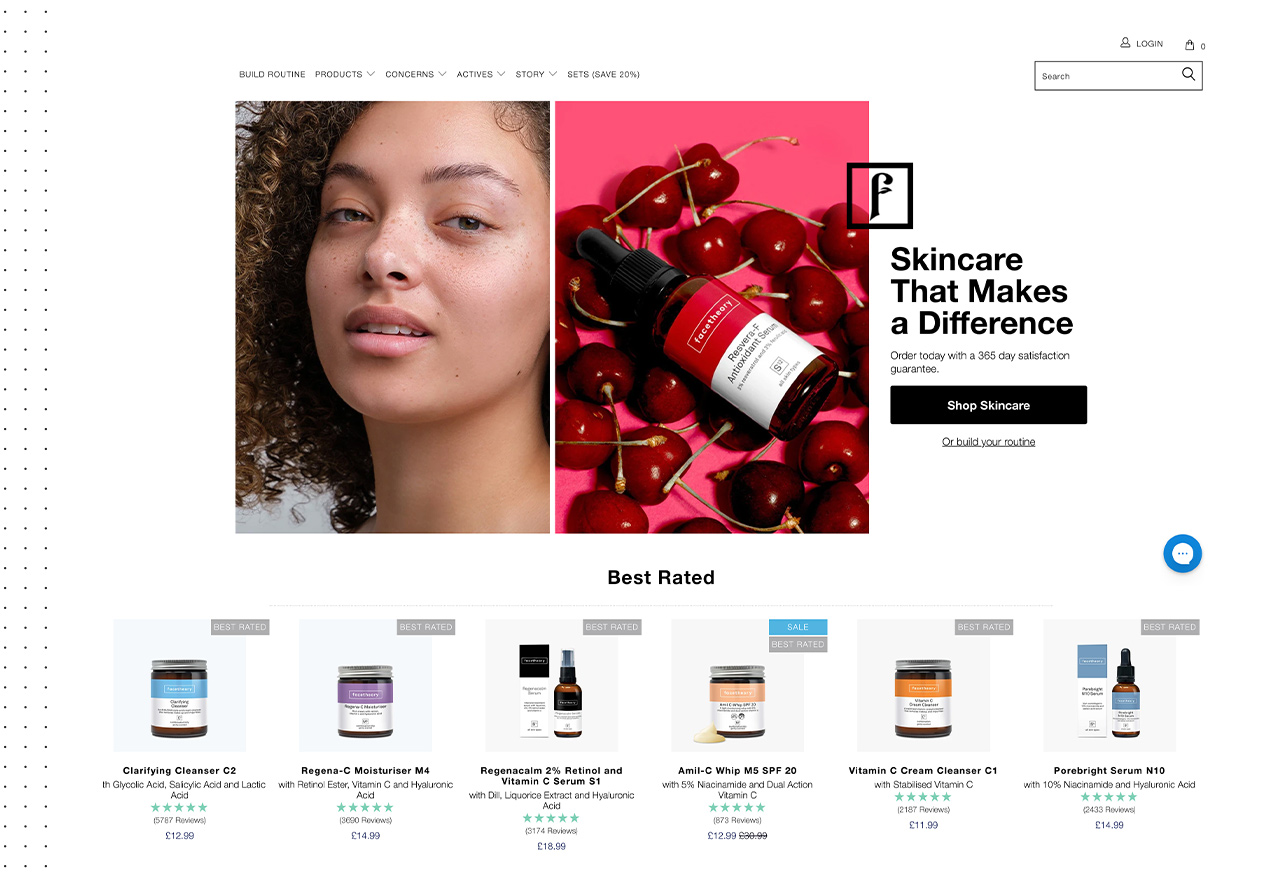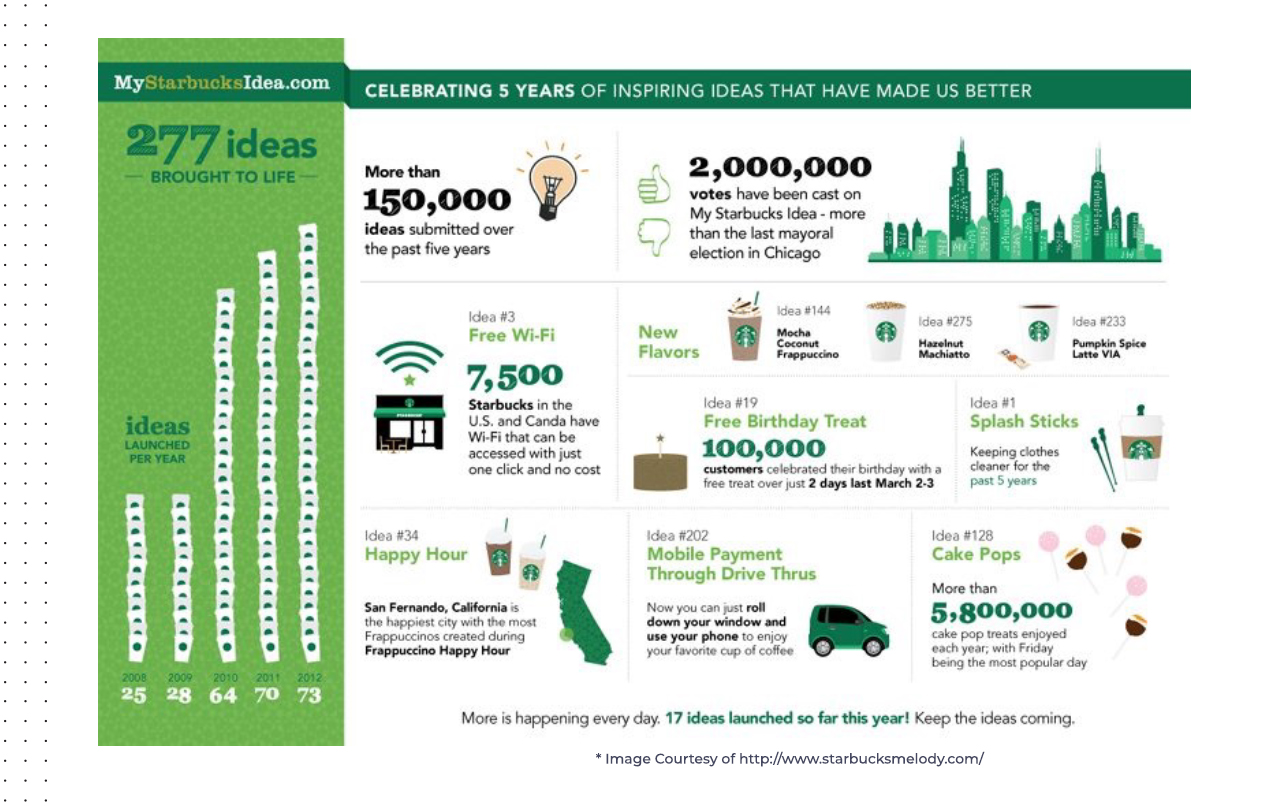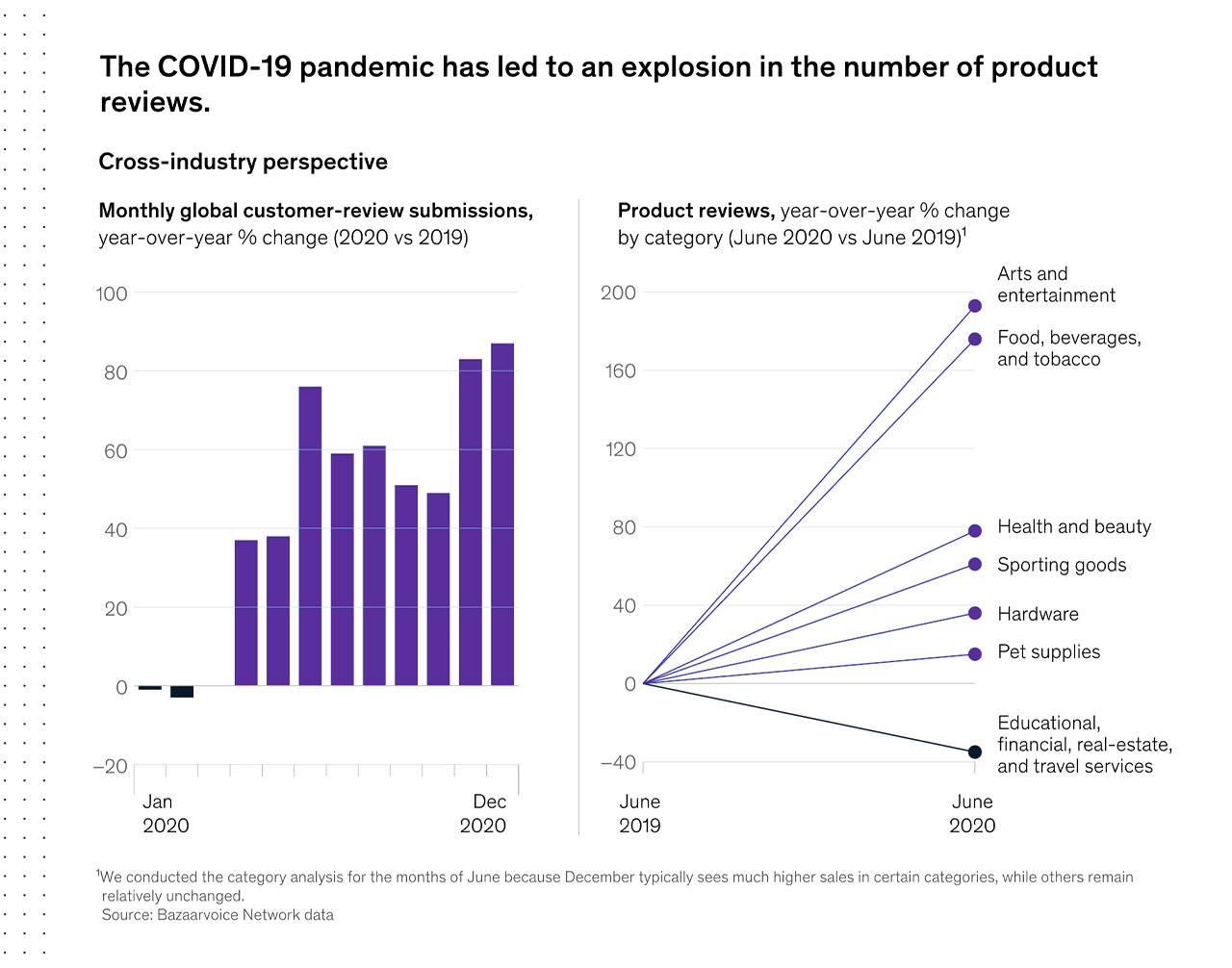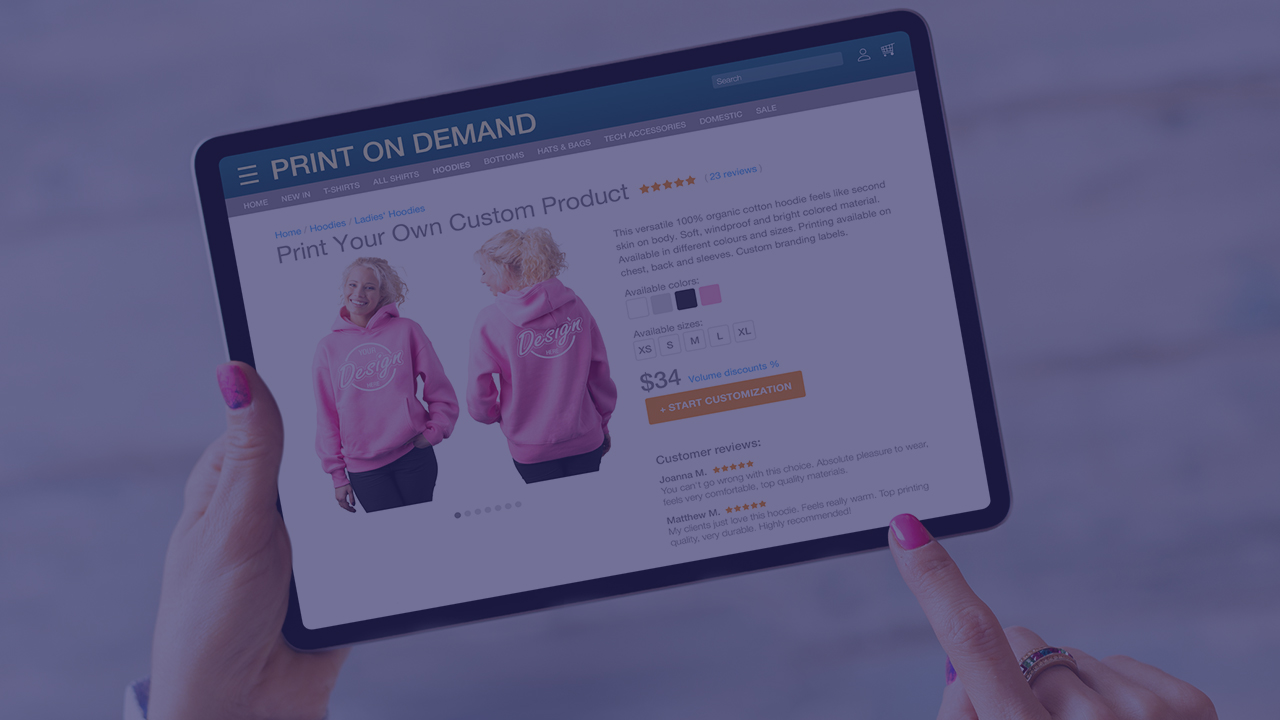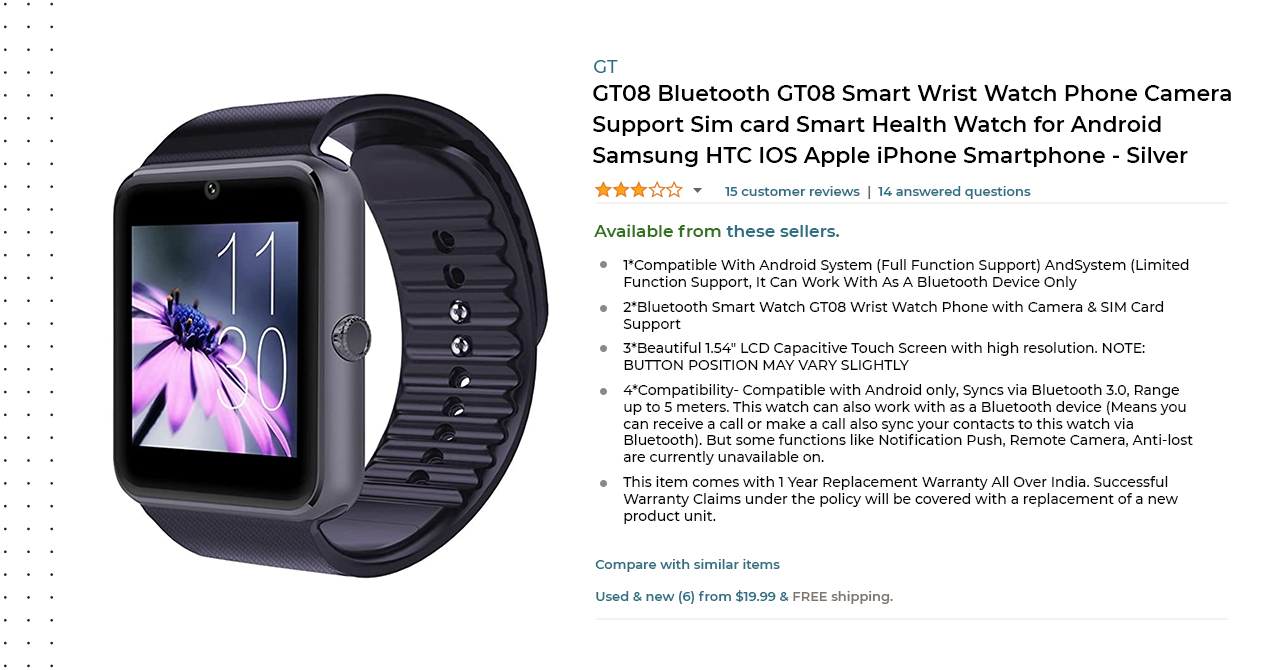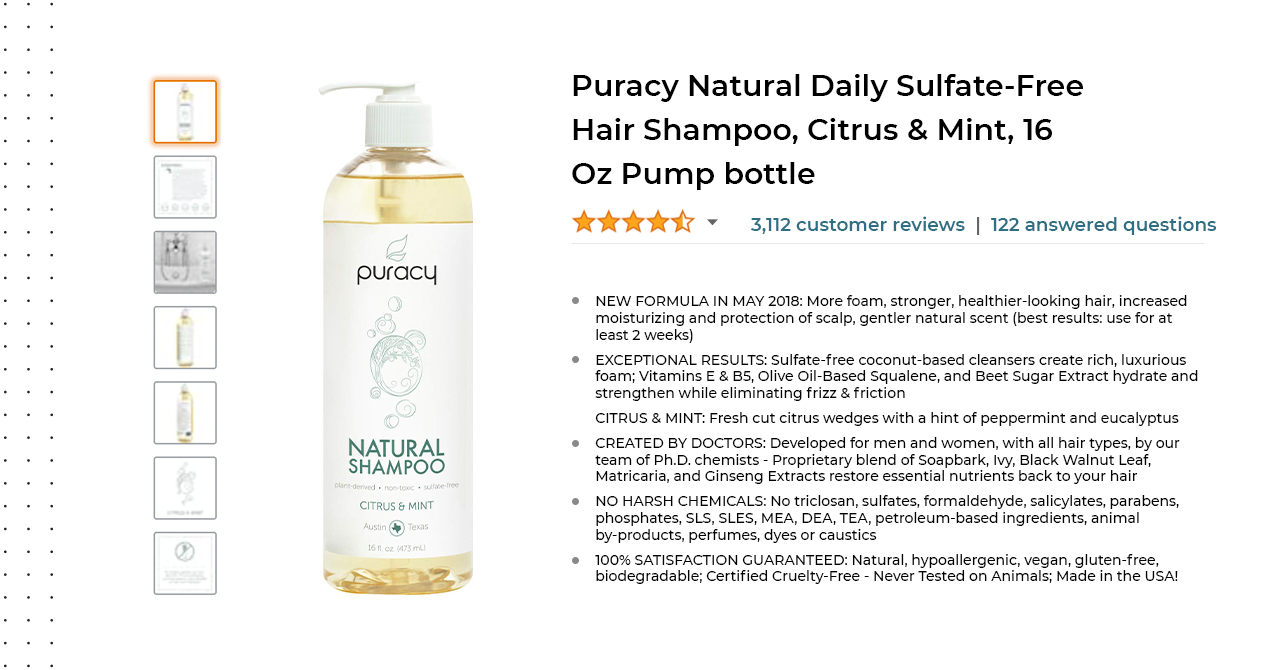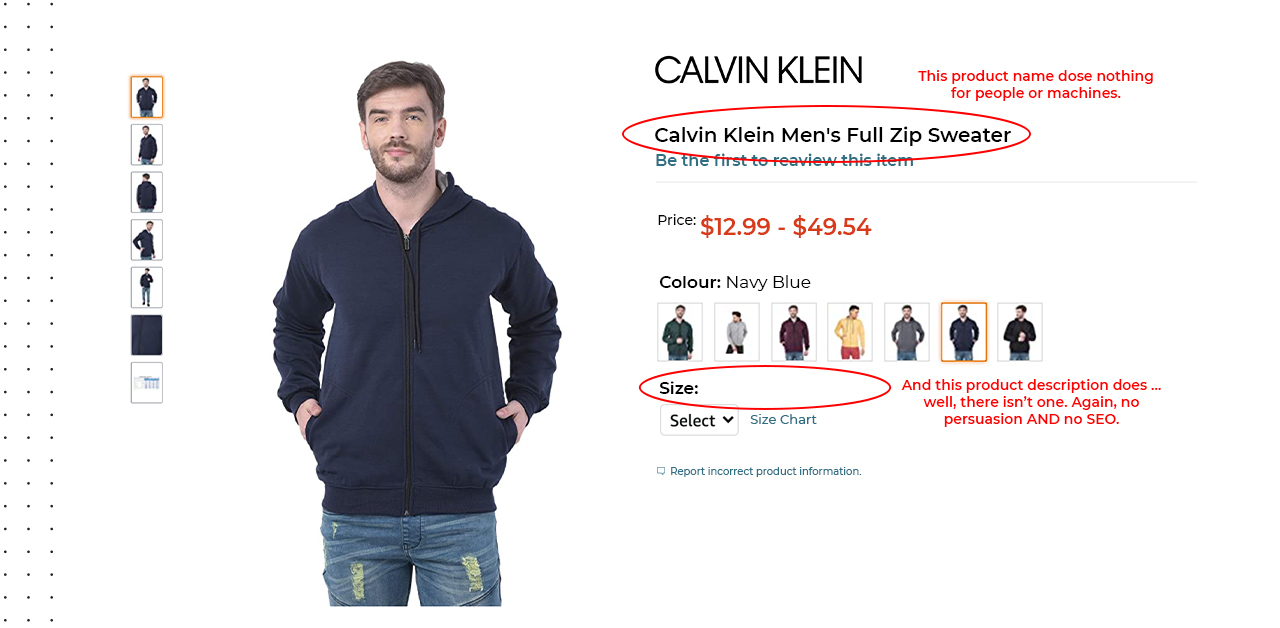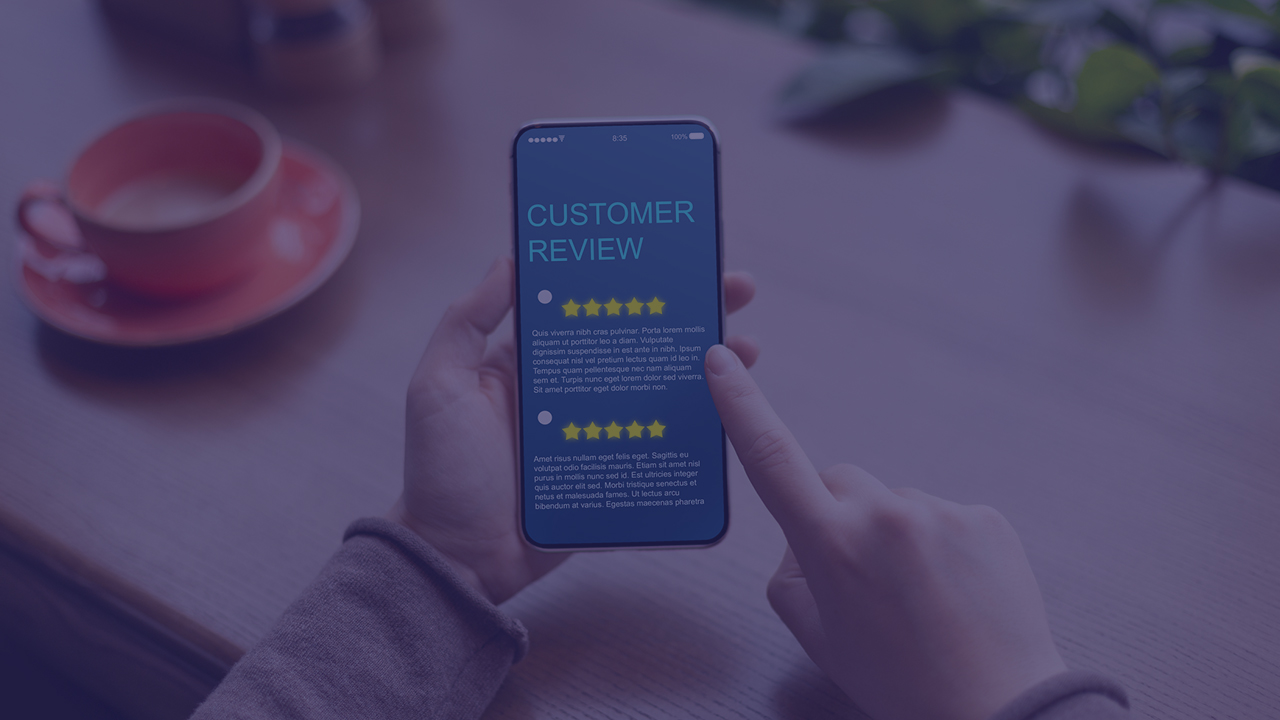Most brand & marketing professionals fear negative feedback and reviews. Negative reviews and ratings can not only hurt your organic product visibility online, but they also impact real business outcomes and purchase decisions potential customers will make about your product.
… but getting negative reviews is not always a bad thing. These unflattering reviews help give consumers real insights into your product and help them understand their features, attributes, benefits, and downsides better as described by other customers to give them a more realistic picture. Shoppers trust user generated reviews more than content brands share with them, which is why it’s really important for brands to interject in these conversations, address negative reviews and nudge customers towards building trust in their products.
Here are a few things to keep in mind when responding to negative reviews.
Be actionable and solution-oriented with your responses!
Even the strongest brands can’t avoid negative reviews, but what sets one apart from the other is how they tackle these reviews. A prompt and solution-oriented response can actually help salvage a negative situation in a lot of cases.
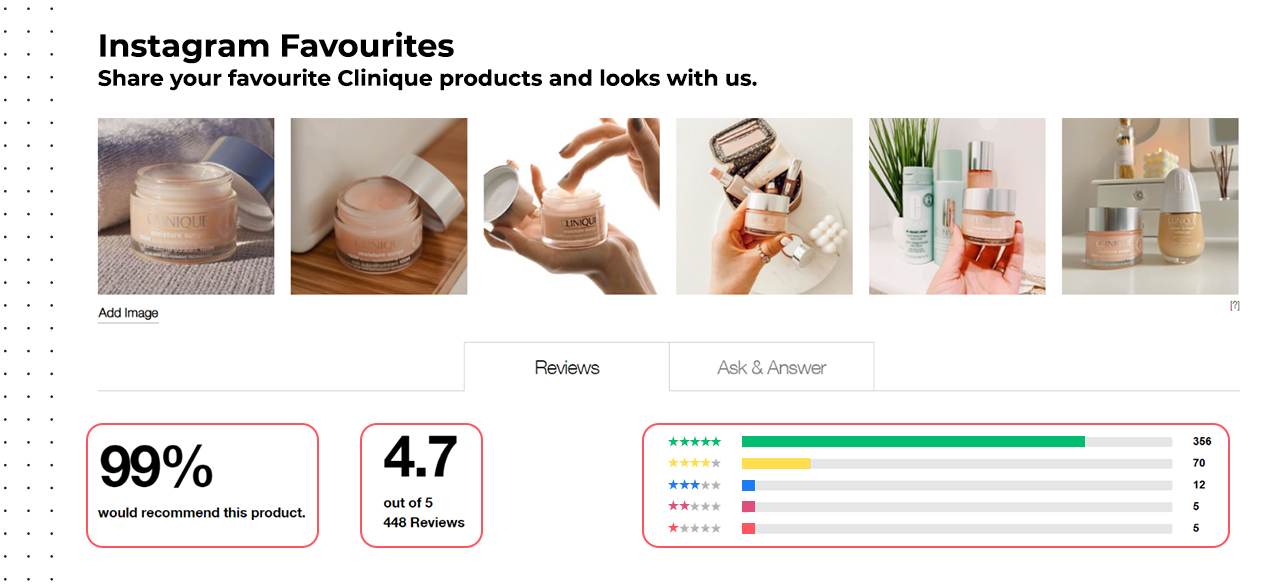
Let’s take a look at Clinique & the unique approach they took towards responding to negative reviews. Shown above is one of its bestselling products Moisture Surge™ 100H Auto-Replenishing Hydrator. This product got an average of 4.7 stars since its launch in early 2021. 99% of customers even said they would recommend this product. And, in comparison to the over 370 positive reviews, there were just 5 negative reviews! Instead of basking in the glory of the numerous positive reviews, Clinique chose to promptly reply instead & not dismiss negative reviews even if there were just a tiny number. This goes a long way for any brand.
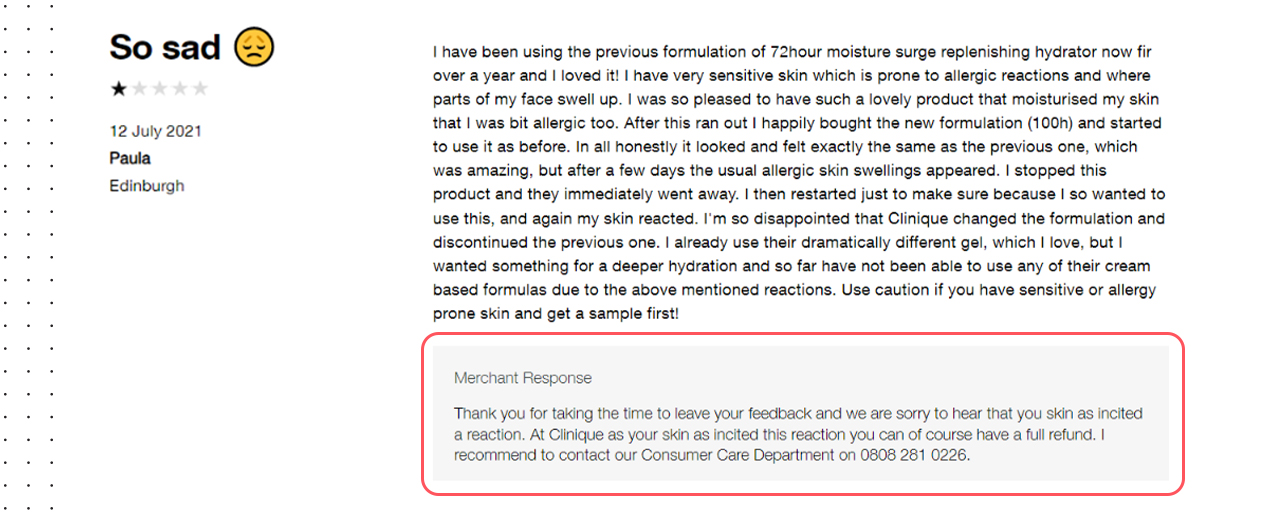
Clinique not only addressed the customer’s concerns but also offered a ‘no questions asked’ refund and insisted that the customer take the conversation offline through a customer care agent. This action will help Clinique build long-term trust with not only the customers who had given them a low rating but the new ones too, who may stumble upon these negative reviews and see first-hand how customer-centric the brand is.
Respond promptly to keep things under control
A quick response to a negative review is supercritical. Even if you’re unable to resolve the customer’s problem immediately, acknowledging the review promptly lets them know their concern is a priority. On the plus side, it may also help them calm down and hold them back from posting even nastier comments. Aim to respond within 24 – 48 hours from the time a negative review is posted.
The quicker a customer hears from you, the more sincere your words will feel to them.
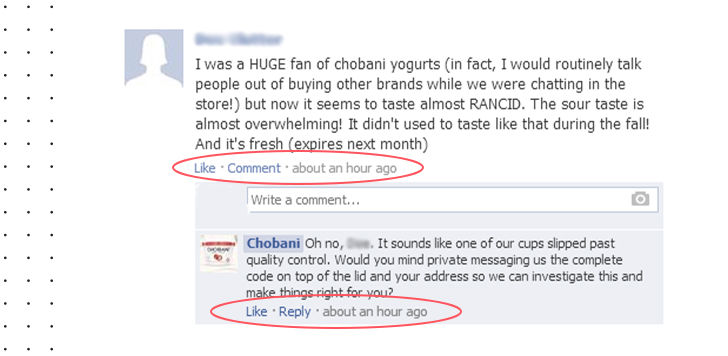
Here’s an example of how Chobani yoghurts tackled a negative review. You’ll notice, they responded almost immediately when a customer complained about the “RANCID” tasting yoghurt. Responding minutes after the review came in shows their seriousness towards dealing with the situation and that they value customer feedback. Apart from prompt response, they even offered to investigate and work towards a solution.
Look for a chance to take the discussion offline
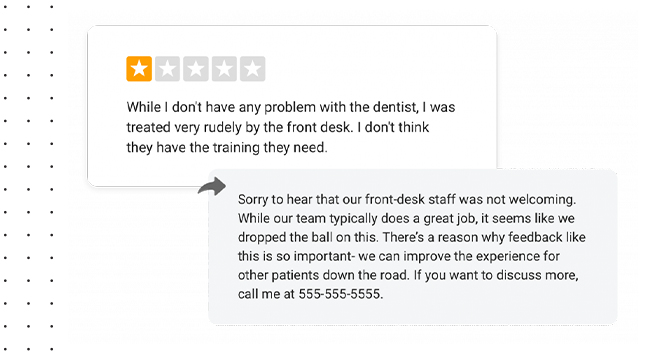
Take the conversation offline by giving a phone number or email where customers can connect with a real person or brand representative. The goal is to move the conversation from a public forum to a private channel where a personal touch can be added. It could be a customer care number, a DM on a social platform, or a direct call back to the customer to listen to the details of their complaint. Additionally, connecting offline helps resolve issues faster without letting the problem escalate.
Do NOT get defensive
When it comes to responding to negative reviews, as a thumb rule pushing back or getting defensive is an absolute no-no. Being humble and accepting of negative feedback is important, and responding with grace, is even more important.
Let’s look at this example of a negative review left by an irate customer about the terrible IKEA customer service. Instead of getting defensive, IKEA politely acknowledges the feedback, apologies for the inconvenience, and offered a solution to help the customer sort out the issue with the order immediately!
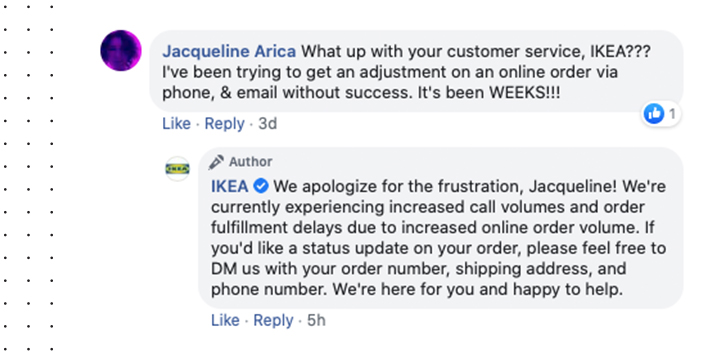
A brand’s response to a negative review not only helps the individual who left the review in the first place but actually impacts other customers who will read it months down the line.
Remember to follow-up
Many times brands jump in promptly when a customer posts a negative review. They’re solution-oriented and some help resolve customer issues immediately too. The hard part’s done! However, where a lot of brands fall short, is when it comes to following up with customers once their concern has been addressed and they’re back to being brand advocates again.
Keeping that thought in mind, if it’s possible to get a customer who left a negative review to update or change it after their concern has been resolved could be a very impactful way to build brand trust. According to the Retail Consumer Report, 33% of customers turned around and posted a positive review, and 34% deleted the original negative review after having received a response from the brand or retailer in question.
Conclusion
Even though brands have limited to almost no control over how customers perceive their products online, they can still participate and interact with customers to improve their online reputation. They can listen in on the online conversations and adapt to customer feedback promptly based on what shoppers are discussing via reviews. Also, don’t filter the types of reviews when responding to your customers, and aside from the positive and neutral reviews, treat your negative reviews with extra care. Resolve them responsibly to win a customer for life!
If you need help tracking your online product reviews or analyzing the pulse of your customer sentiments to discover a wealth of insights, reach out to our Digital Shelf experts to learn more about our Review & Sentiment Analysis solution.


